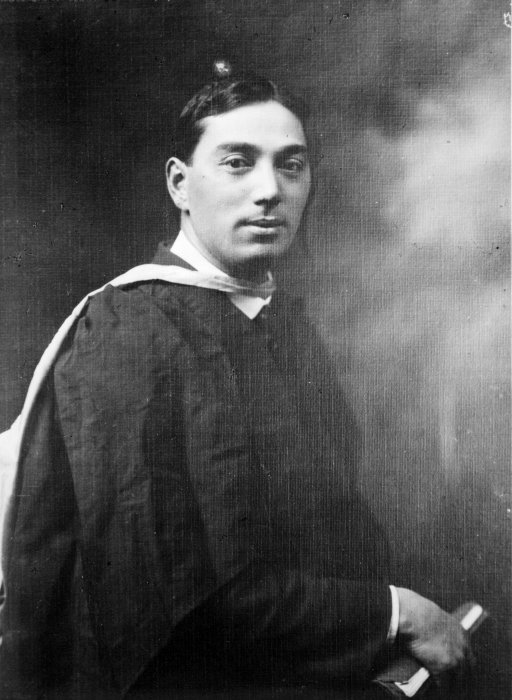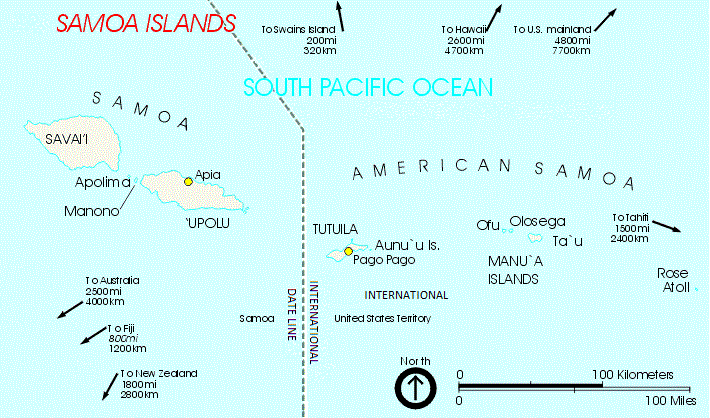|
Architecture Of Samoa
The architecture of Samoa is characterised by openness, with the design mirroring the culture and life of the Samoan people who inhabit the Samoa Islands. Recording the Cultural Heritages of Samoa and the Fiji Islands, U. Herbig, G. Zohrer, F. Samoliy. Retrieved 26 October 2009 Architectural concepts are incorporated into Samoan proverbs, oratory and metaphors, as well as linking to other art forms in Samoa, such as boat building and [...More Info...] [...Related Items...] OR: [Wikipedia] [Google] [Baidu] |
Māori Culture
Māori culture () is the customs, cultural practices, and beliefs of the indigenous Māori people of New Zealand. It originated from, and is still part of, Eastern Polynesian culture. Māori culture forms a distinctive part of New Zealand culture and, due to a large diaspora and the incorporation of Māori motifs into popular culture, it is found throughout the world. Within Māoridom, and to a lesser extent throughout New Zealand as a whole, the word is often used as an approximate synonym for Māori culture, the Māori-language suffix being roughly equivalent to the qualitative noun-ending ''-ness'' in English. has also been translated as " Māori way of life." Four distinct but overlapping cultural eras have contributed historically to Māori culture: * before Māori culture had differentiated itself from other Polynesian cultures (Archaic period) * before widespread European contact (Classic period) * the 19th century, in which Māori began interacting more intensivel ... [...More Info...] [...Related Items...] OR: [Wikipedia] [Google] [Baidu] |
Marae
A ' (in New Zealand Māori, Cook Islands Māori, Tahitian), ' (in Tongan), ' (in Marquesan) or ' (in Samoan) is a communal or sacred place that serves religious and social purposes in Polynesian societies. In all these languages, the term also means cleared and free of weeds or trees. generally consist of an area of cleared land roughly rectangular (the itself), bordered with stones or wooden posts (called ' in Tahitian and Cook Islands Māori) perhaps with ' (terraces) which were traditionally used for ceremonial purposes; and in some cases, a central stone ' or ''a'u''. In the Rapa Nui culture of Easter Island, the term ' has become a synonym for the whole marae complex. In some modern Polynesian societies, notably that of the Māori of New Zealand, the marae is still a vital part of everyday life. In tropical Polynesia, most marae were destroyed or abandoned with the arrival of Christianity in the 19th century, and some have become an attraction for tourists or ar ... [...More Info...] [...Related Items...] OR: [Wikipedia] [Google] [Baidu] |
Samoa Houses Circa 1930s-photographer And Location Unknown
Samoa, officially the Independent State of Samoa; sm, Sāmoa, and until 1997 known as Western Samoa, is a Polynesian island country consisting of two main islands ( Savai'i and Upolu); two smaller, inhabited islands ( Manono and Apolima); and several smaller, uninhabited islands, including the Aleipata Islands ( Nu'utele, Nu'ulua, Fanuatapu and Namua). Samoa is located west of American Samoa, northeast of Tonga (closest foreign country), northeast of Fiji, east of Wallis and Futuna, southeast of Tuvalu, south of Tokelau, southwest of Hawaii, and northwest of Niue. The capital city is Apia. The Lapita people discovered and settled the Samoan Islands around 3,500 years ago. They developed a Samoan language and Samoan cultural identity. Samoa is a unitary parliamentary democracy with 11 administrative divisions. It is a sovereign state and a member of the Commonwealth of Nations. Western Samoa was admitted to the United Nations on 15 December 1976. Because of the Samo ... [...More Info...] [...Related Items...] OR: [Wikipedia] [Google] [Baidu] |
Te Rangi Hīroa
Sir Peter Henry Buck (ca. October 1877 – 1 December 1951), also known as Te Rangi Hīroa or Te Rangihīroa, was a New Zealand doctor, military leader, health administrator, politician, anthropologist and museum director. He was a prominent member of Ngāti Mutunga, his mother's Māori iwi. Early life Peter Buck was born in Urenui, New Zealand, the only child of Anglo-Irish immigrant William Henry Buck and Rina, a Māori woman. William's wife Ngarongo-ki-tua had been unable to have children and, in line with Māori custom, Rina, one of Ngarongo's relatives, became part of the household and produced a child for the couple. Rina died soon after Peter was born, and Ngarongo raised him as her own. He claimed to have been born in 1880, but the register of the primary school he attended records October 1877, which is likely to be correct. Te Rangi Hīroa was descended on his Māori (maternal) side from the Taranaki iwi of Ngāti Mutunga. In his teens, his elders gave him th ... [...More Info...] [...Related Items...] OR: [Wikipedia] [Google] [Baidu] |
Teo Tuvale
Teo Tuvale (26 August 1855 – December 1919) was a notable Samoan historian who served terms as Chief Justice and Secretary to Government in Samoa during the era of colonialism. Tuvale is the author of ''An account of Samoan History up to 1918'', New Zealand Electronic Text Centre. Retrieved 16 November 2009 a key historical text in History of Samoa, Samoan history which includes first hand accounts of the rivalry between European colonial powers and Samoan chiefly families. He was also an official translator and spoke English, [...More Info...] [...Related Items...] OR: [Wikipedia] [Google] [Baidu] |
Samoan Language
Samoan ( or ; ) is a Polynesian language spoken by Samoans of the Samoan Islands. Administratively, the islands are split between the sovereign country of Samoa and the United States territory of American Samoa. It is an official language, alongside English, in both jurisdictions. It is widely spoken across the Pacific region, heavily so in New Zealand and also in Australia and the United States. Among the Polynesian languages, Samoan is the most widely spoken by number of native speakers. Samoan is spoken by approximately 260,000 people in the archipelago and with many Samoans living in diaspora in a number of countries, the total number of speakers worldwide was estimated at 510,000 in 2015. It is the third-most widely spoken language in New Zealand, where 2.2% of the population, 101,900 people, were able to speak it as of 2018. The language is notable for the phonological differences between formal and informal speech as well as a ceremonial form used in Samoan oratory ... [...More Info...] [...Related Items...] OR: [Wikipedia] [Google] [Baidu] |
Samoa Fale Tele Architecture Diagram 1
Samoa, officially the Independent State of Samoa; sm, Sāmoa, and until 1997 known as Western Samoa, is a Polynesian island country consisting of two main islands ( Savai'i and Upolu); two smaller, inhabited islands ( Manono and Apolima); and several smaller, uninhabited islands, including the Aleipata Islands ( Nu'utele, Nu'ulua, Fanuatapu and Namua). Samoa is located west of American Samoa, northeast of Tonga (closest foreign country), northeast of Fiji, east of Wallis and Futuna, southeast of Tuvalu, south of Tokelau, southwest of Hawaii, and northwest of Niue. The capital city is Apia. The Lapita people discovered and settled the Samoan Islands around 3,500 years ago. They developed a Samoan language and Samoan cultural identity. Samoa is a unitary parliamentary democracy with 11 administrative divisions. It is a sovereign state and a member of the Commonwealth of Nations. Western Samoa was admitted to the United Nations on 15 December 1976. Because of t ... [...More Info...] [...Related Items...] OR: [Wikipedia] [Google] [Baidu] |
Samoan Fale Tele Architecture Diagram 3
Samoan may refer to: * Something of, from, or related to the Samoan Islands, an archipelago in the South Pacific Ocean ** Something of, from, or related to Samoa, a country encompassing the western part of the Samoan Islands ** Something of, from, or related to American Samoa, a United States territory in the Samoan Islands * Samoan language, the native language of the Samoan Islands * Samoans Samoans or Samoan people ( sm, tagata Sāmoa) are the indigenous Polynesian people of the Samoan Islands, an archipelago in Polynesia, who speak the Samoan language. The group's home islands are politically and geographically divided between th ..., a Polynesian ethnic group of the Samoan Islands {{disambig Language and nationality disambiguation pages ... [...More Info...] [...Related Items...] OR: [Wikipedia] [Google] [Baidu] |
Samoan Fale Tele Architecture Diagram 2
Samoan may refer to: * Something of, from, or related to the Samoan Islands, an archipelago in the South Pacific Ocean ** Something of, from, or related to Samoa, a country encompassing the western part of the Samoan Islands ** Something of, from, or related to American Samoa, a United States territory in the Samoan Islands * Samoan language, the native language of the Samoan Islands * Samoans Samoans or Samoan people ( sm, tagata Sāmoa) are the indigenous Polynesian people of the Samoan Islands, an archipelago in Polynesia, who speak the Samoan language. The group's home islands are politically and geographically divided between th ..., a Polynesian ethnic group of the Samoan Islands {{disambig Language and nationality disambiguation pages ... [...More Info...] [...Related Items...] OR: [Wikipedia] [Google] [Baidu] |





